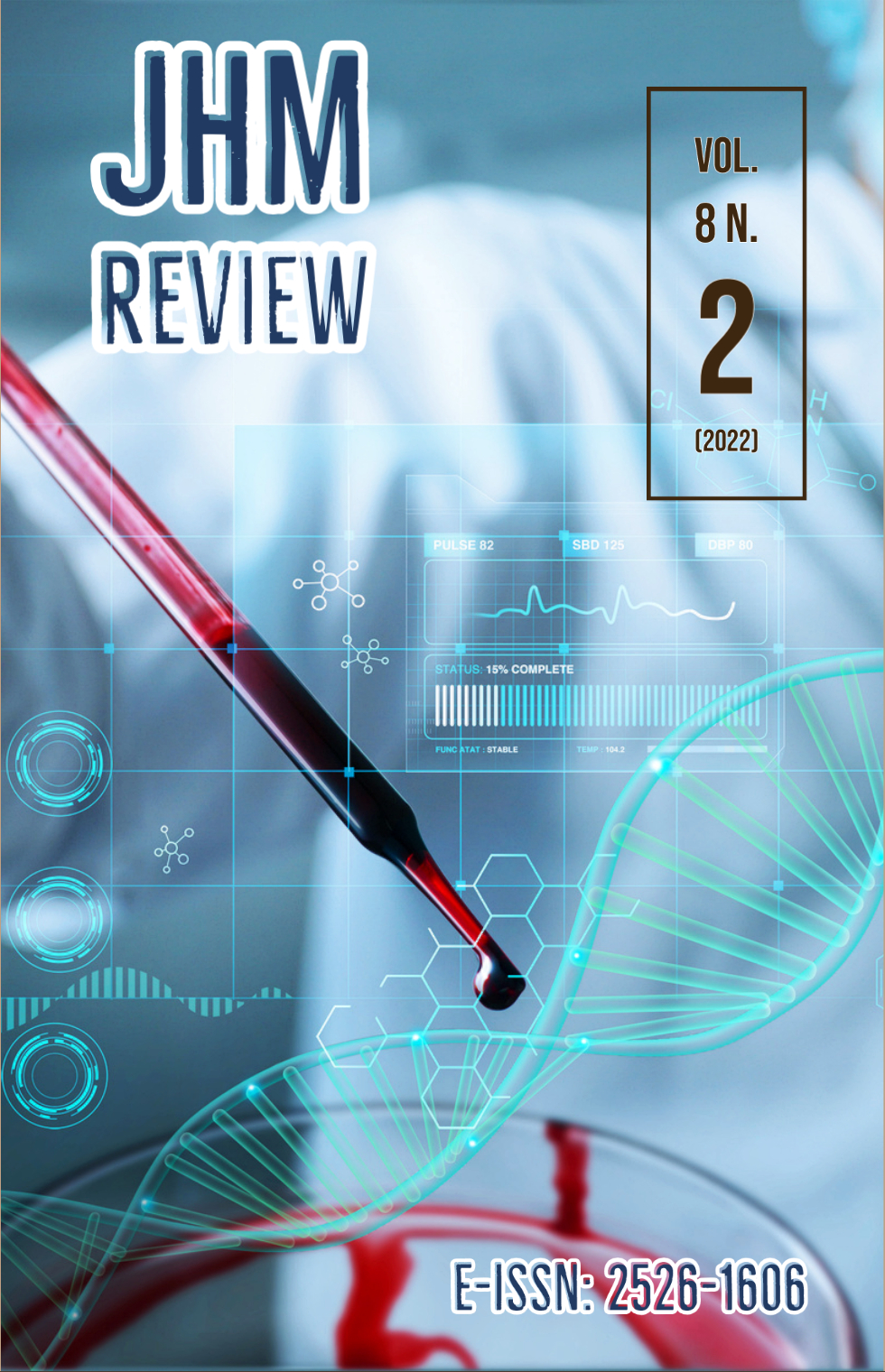Proximal femur fractures: incidence before and during the COVID-19 pandemic
DOI:
https://doi.org/10.37497/ijhmreview.v8i2.320Keywords:
COVID-19, Trauma, ElderlyAbstract
Background: Fracture of the proximal femur is a common and important cause of mortality and functional loss. The incidence of this type of fracture increases with age, mainly due to the increase in the number of falls associated with a higher prevalence of osteoporosis. It is more commonly related to elderly people living in urban areas, female and institutionalized. Fracture of the proximal femur can be intracapsular or extracapsular. In the first type are femoral neck fractures, and in the second, transtrochanteric fractures, both of which result from low-energy trauma, such as falls. The treatment of most of these fractures is surgical, aiming at the reduction and stable fixation of the fracture, using the most varied methods of osteosynthesis or arthroplasty, especially in the case of fractures of the femoral neck with displacement.
Aim: To assess the incidence of proximal femur fractures before and during the COVID-19 pandemic.
Method: This is a retrospective study, with a systematic review of data regarding the number of surgical procedures for proximal femur fractures in the years 2019 to 2021, corresponding to the period before and during the COVID19 pandemic, and to demonstrate its incidence and need of care, in a private hospital in the interior of the state of São Paulo.
Results: During the study period, 1,203 procedures were performed. It was possible to notice the gradual increase in cases during the pandemic years, and a high rate of proximal femur fractures in women, reaching a difference of 62% in relation to men in 2022. The mortality rate during hospitalization was 2.39% in 2019, 2.78% in 2021, and 2.83% in 2022. The factors positively correlated with mortality, most frequently indicated, were advanced age, presence of associated diseases, significant cognitive impairment and female gender.
Conclusion: Recent literature, even within the context of a pandemic and its restrictions, has identified four major factors directly related to mortality in proximal femur fractures in the elderly, namely the patient's advanced age, the presence of associated diseases, the female sex and the existence of cognitive deficiencies.
References
MARCHETI, Maria Angélica; LUIZARI, Marisa Rufino Ferreira; MARQUES, Fernanda Ribeiro Baptista; CAÑEDO, Mayara Carolina; MENEZES, Larissa Fernandes; VOLPE, Isabela Guimarães. Acidentes na infância em tempo de pandemia pela COVID-19. Revista da Sociedade Brasileira de Enfermeiros Pediatras, p. 16-25, 29 out. 2020.
RODRIGUES, N. H.; SILVA, L. G. A. Gestão da pandemia Coronavírus em um hospital: relato de experiência profissional. J. Nurs. Health. v. 10, n. 4, 2020.
STERZO, Mario Cesar Stocco, ROSAN, Rosano Antônio Carvalho, OLIVEIRA, Helder Santos, FORNARI, João Victor, NONOSE, Nilson, NINOMIYA, André Felipe. Impacto da quarentena decorrente da pandemia de COVID-19 na rotina de cirurgias de diáfise da tíbia. International Journal of Health Management Review, v. 6, n. 2, p. 1-6, 2020.
Downloads
Published
How to Cite
Issue
Section
License

This work is licensed under a Creative Commons Attribution-NonCommercial 4.0 International License.
Authors who publish in this journal agree to the following terms: The author(s) authorize the publication of the text in the journal; The author(s) guarantee that the contribution is original and unpublished and is not in the process of being evaluated by any other journal(s); The journal is not responsible for the opinions, ideas, and concepts contained in the texts, as these are the sole responsibility of their respective author(s); The editors reserve the right to make adjustments to the text in order to ensure that it adheres to the standards of the journal. Authors retain the copyrights and grant the journal the right of first publication, with the article simultaneously licensed under the Creative Commons Attribution License which allows the sharing of the article with the acknowledgment of authorship and initial publication in this journal. Authors are authorized to take additional contracts separately, for the non-exclusive distribution of the version of the article published in this journal (e.g. publication in an institutional repository or as a book chapter), with the acknowledgment of authorship and initial publication in this journal.
Authors are allowed and encouraged to publish and distribute their work online (e.g. in institutional repositories or on their personal webpage) at any point before or during the editorial process, as this can generate productive changes as well as increase the impact and citation of published work (See The Effect of Free Access at http://opcit.eprints.org/oacitation-biblio.html)















